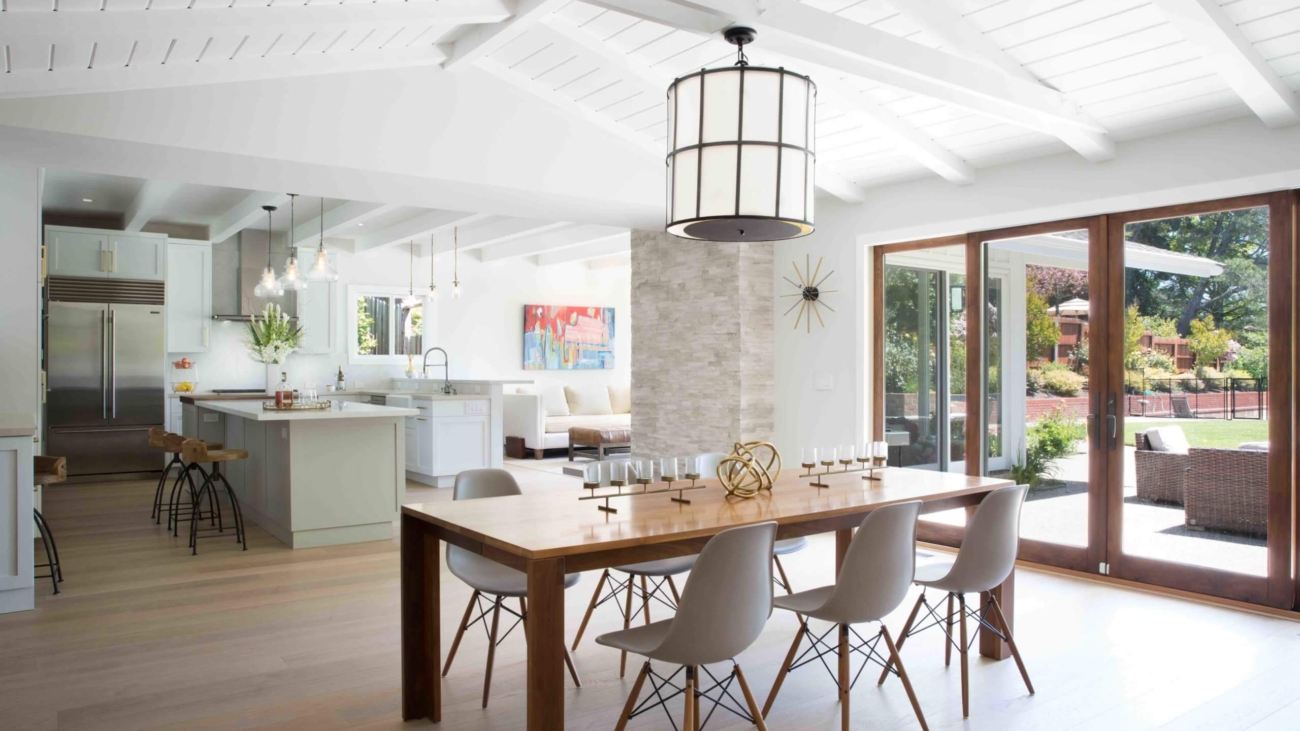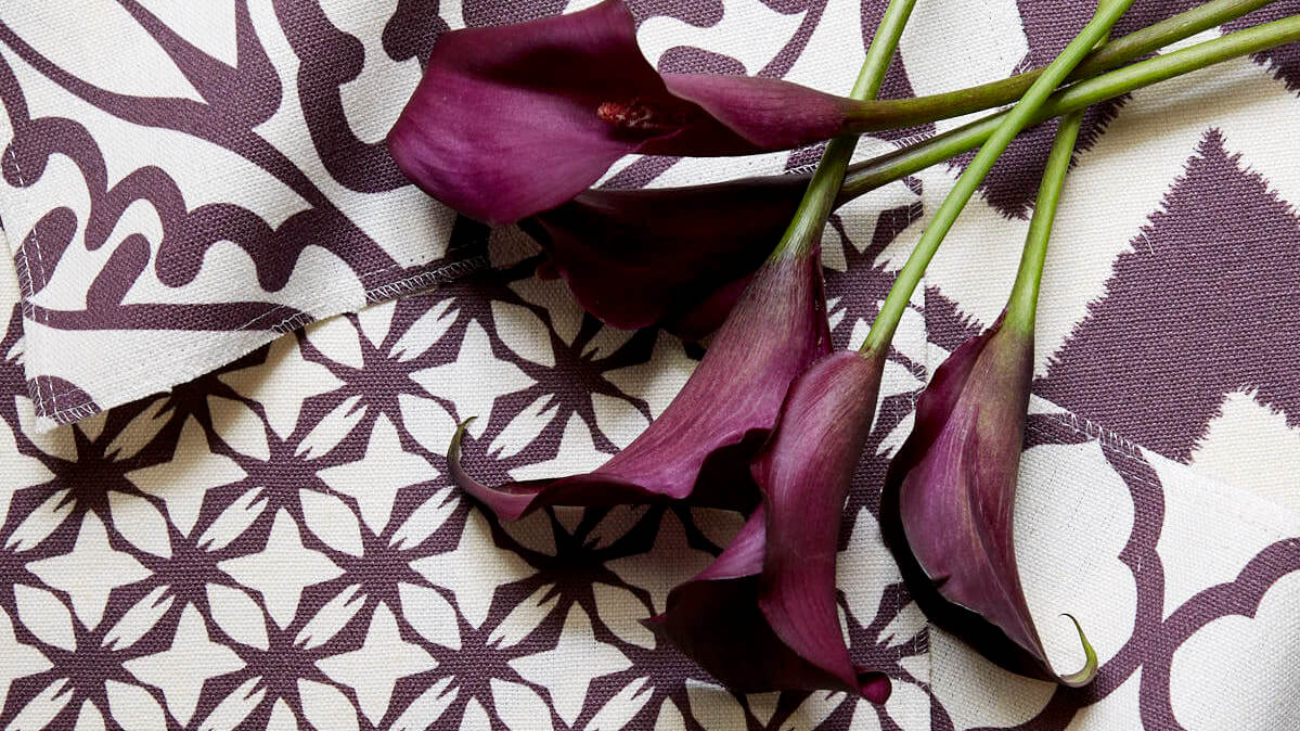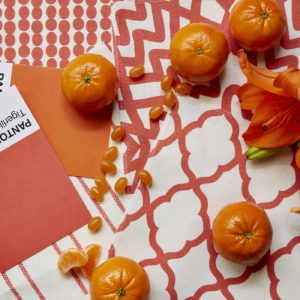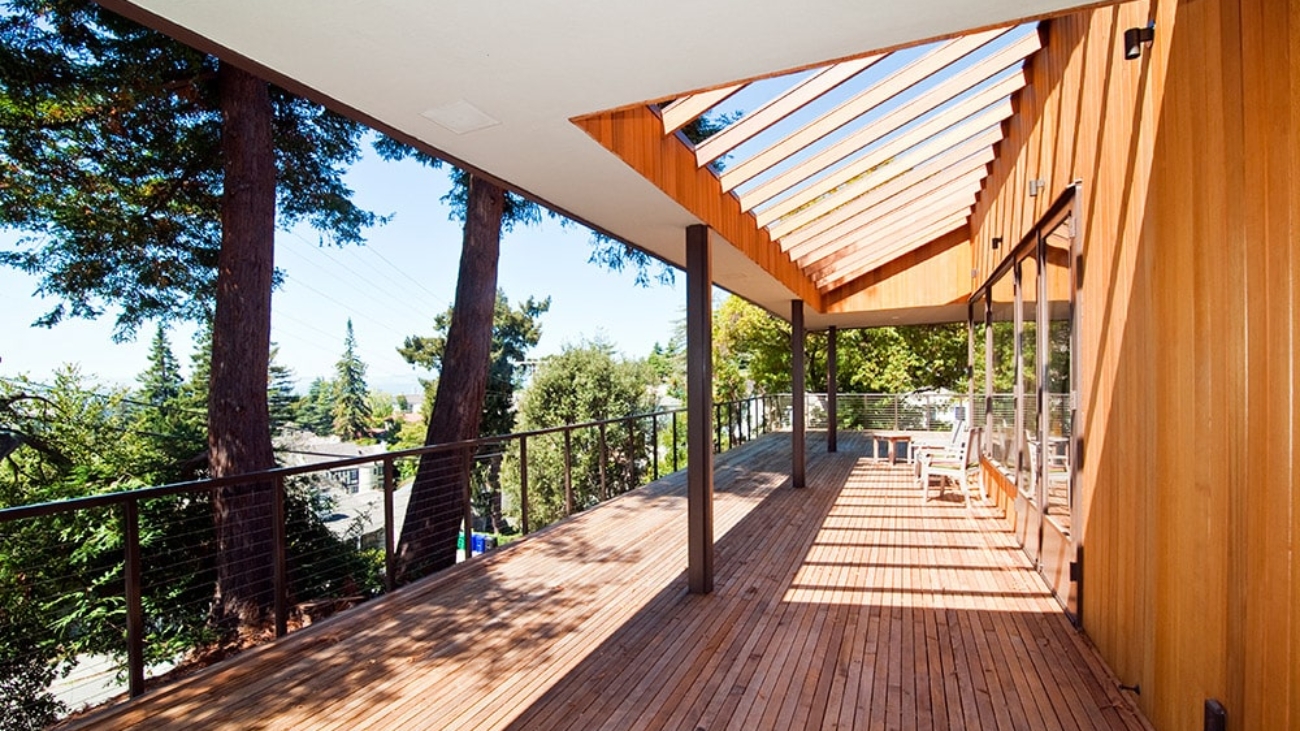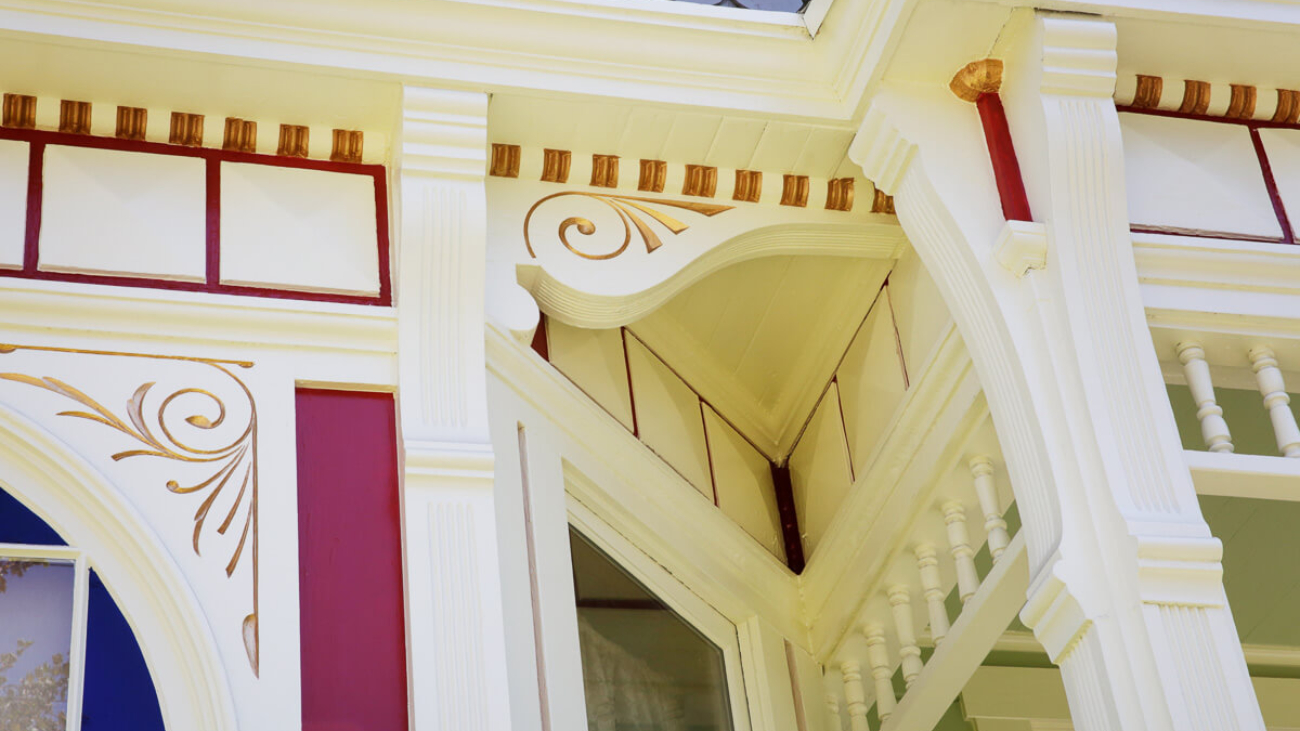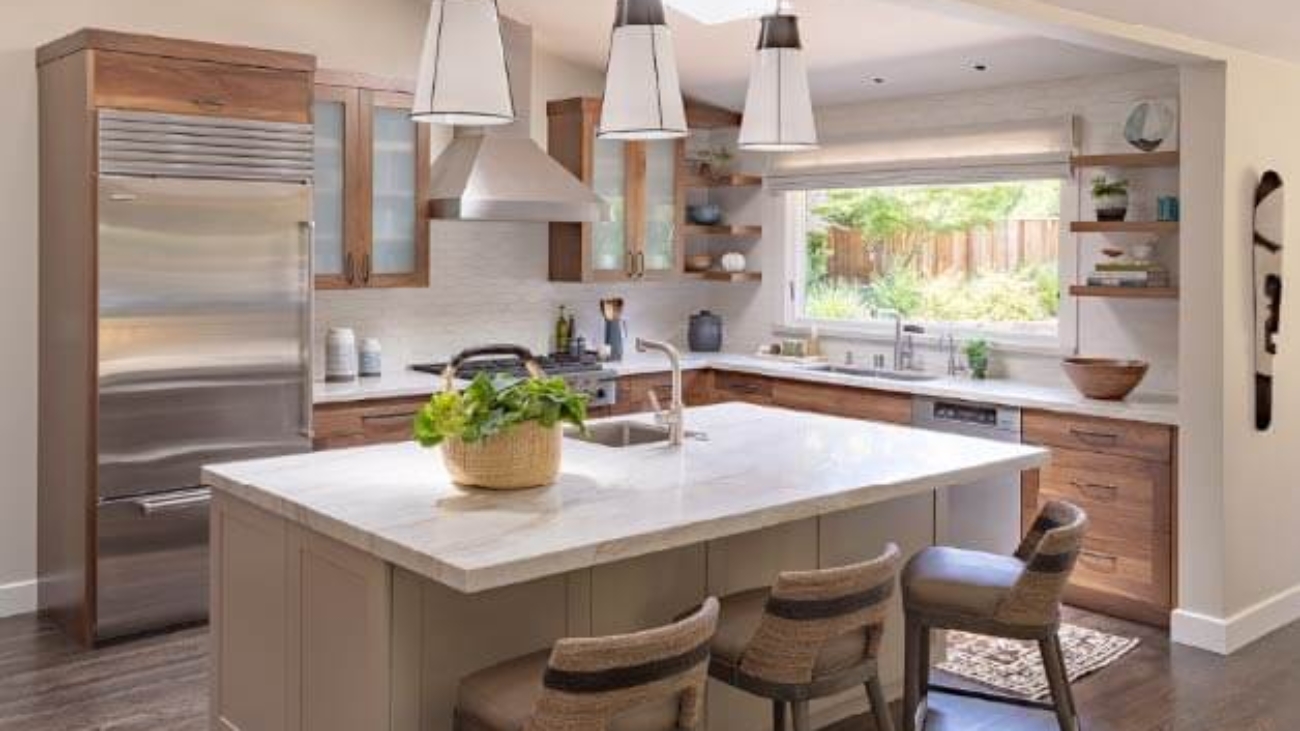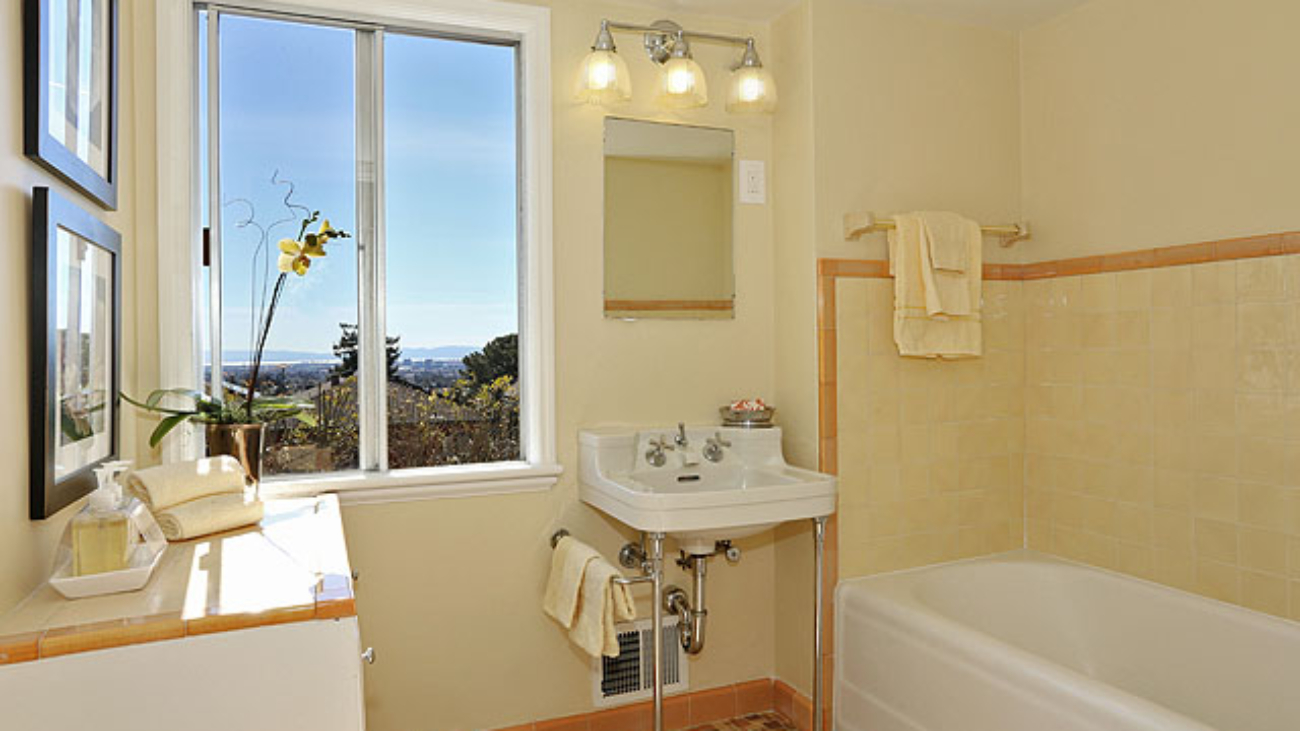The gloss and sheen in paint isn’t something that everyone understands. This isn’t something that many people think about either. However, the gloss and sheen of paint is something that certainly impacts the final look and builds atmosphere. It is not complicated to differentiate the two, however, most people don’t even think about it. As such, we would like to take a look and dive deeper into what gloss and sheen mean to your paint selection.
Let’s take a look at how the Sheen and Gloss are Measured.
They are measured a little differently. The sheen of the paint is measured at an 85° angle. This can be very different depending on the gloss. The lower the gloss the more noticeable the sheen. However, the gloss of the paint is measured at a 60° angle to the receptor. This is important when considering what type of lighting you’ll need in the room. The receptor will measure the gloss on a scale from 1-100. The shinier the surface the higher the number on the scale.
However, the sheen of the paint is measured at an 85° angle. This can be very different depending on the gloss. The lower the gloss the more noticeable the sheen.
Both of these values should be included with your paint information so that you can make the right paint selection for your particular project. This information is available on every color of the paint out there.
What to choose for a gloss and sheen in your paint.
When you are looking for the paint you need to keep some things in mind. While it might be obvious that the color is important, the gloss and sheen are as well. Take into consideration the lighting of the room, the window placement, performance expectations, and the traffic level. Here’s when you should use low gloss and sheen:
- When the walls have many imperfections. The less visible the imperfections will be with a lower gloss and sheen.
- Space doesn’t need or want attention such as a ceiling or small hallway.
- If the room has a lot of light. The higher the gloss and sheen the more reflective the paint will be with the light. Rooms with high gloss will have excessive glare and will be mirror-like.
When should you use higher gloss and sheen paint?
There are certain scenarios where high gloss paint should be used. This style of paint is perfect for accents and smaller rooms. If you are looking at your paint choices and the room in which you plan to paint, keep some of these ideas in mind that will work well with glossy type paint.
- Rooms with low lighting and perfect walls are the perfect combination for the need for higher gloss and sheen.
- Places that are high traffic such as bathrooms and kids’ rooms where people are touching the walls a lot. High gloss paint tends to be easier to clean and maintain. It typically has higher durability and wears as well.
- In a room that could use a little depth. Glossy paint can add a certain “pop” to the features in a room. Oftentimes we will see glossy paint used on the trim and around doorways. This gives that wall a bit of a “pop” that it wouldn’t otherwise have.
- While glossy paint is easy to clean and maintain there are certain additives that higher-end paints will put into their paint to help with its durability. This is why it is important to purchase paint that is quality; so that it will last longer. This allows the user to love the paint at all sheen levels and not have to worry about long term care of it, simply based on the gloss and sheen.
Paint labels
While the paint industry does agree on how to measure gloss and sheen by the standards it is given. It doesn’t always express the gloss and sheen the same. Many times people don’t read the measurements that the manufacturer provides but simply look at the name that the manufacturer calls it. You can purchase paint in gloss, semi-gloss, satin gloss, flat, and among other names that describe the gloss and sheen of that particular paint. However, what one manufacturer calls “glossy” might be what another one considers “semi-glossy” and there isn’t a scientific way about these names. So, you will see this vary from paint brand to paint brand.
Here are the definitions of some of the various paint descriptions.
- Glossy – Is a very high gloss product with a high light reflection.
- Semi-Gloss -This is a less glossy surface that is still high gloss and comes with a few different names such as pearl, medium luster, and semi-gloss, depending on the manufacturer.
- Satin-This paint is less reflective in nature. It is sometimes called eggshell, low luster, velvet, or low sheen.
- Flat-has a matte-like finish and carries very little reflective effect.
- It is important that you take into consideration the traffic of the room, the way the room’s lighting is and what look you are going for. We work with clients on their actual projects to get them the sheen and gloss that will fit that specific project. It is old school in thinking that the higher the sheen the easier it is to maintain and keep clean with all of the various additives that can be used in paint. If you are working on a project, you should take into consideration these things before choosing paint. The sheen and gloss can be different for each wall, depending on your needs. These paints can all come in the same color but have a very different look when applied to the wall.
Get some live examples.
If you aren’t sure what type of paint you need or this gloss and sheen thing seems a bit over the top, be sure to ask your painting expert for some samples. This will allow you to see for yourself the actual difference in the levels of gloss and sheen. Many places have charts that can show you the difference between one and another. This allows you to get a better understanding of the different levels out there.
Sheen and Gloss are affected in both exterior and interior paints. It is just another aspect to consider when you are looking at paint options.
